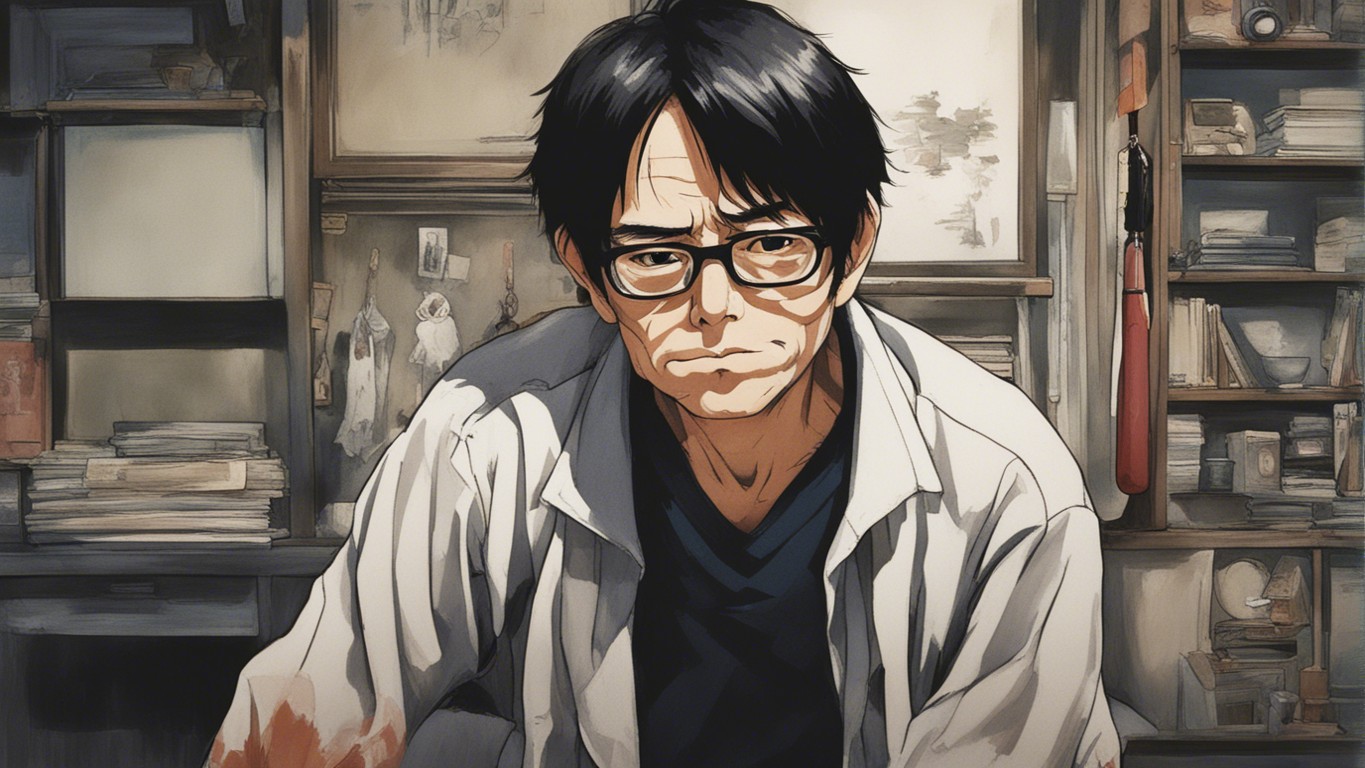A Terrifying Crime Spree:
Between 1988 and 1989, Japan was gripped by fear due to a series of abductions and murders of young girls. Tsutomu Miyazaki, later dubbed the “Otaku Murderer” and the “Little Girl Murderer,” was the individual behind these heinous crimes. His actions and subsequent trial would send shockwaves throughout Japanese society.
“The Miyazaki case stands out as one of Japan’s most chilling criminal episodes, shattering the nation’s sense of security,” remarked criminologist Dr. Hiroshi Tanaka.
Miyazaki’s Gruesome Acts:
Tsutomu Miyazaki’s crimes involved the abduction, murder, and mutilation of four young girls aged between four and seven. In a disturbing twist, he sent letters to the families of the victims, recounting the details of his actions, further intensifying the horror and anguish experienced by the families.
“The depth of Miyazaki’s depravity was alarming. He didn’t just commit the crimes; he relished in the aftermath,” observed psychologist Dr. Yuki Nakamura.
Capture and Investigation:
Miyazaki’s reign of terror ended in 1989 when he was caught attempting to photograph a young girl. Subsequent investigations led to the discovery of evidence linking him to the earlier crimes. Videos, photographs, and other materials were found in his possession, shedding light on the extent of his atrocities.
“Miyazaki’s capture was a relief, but the revelation of his actions was a deeply traumatic experience for the nation,” said detective Takeshi Sato.
Profile and Public Reaction:
Miyazaki’s profile as a quiet, introverted individual with a deep obsession for anime and horror films led to the moniker “Otaku Murderer.” The case intensified scrutiny of the “otaku” subculture in Japan, with debates about its potential influence on individual behavior. However, many argued that Miyazaki’s actions were rooted in his personal psychopathology rather than the subculture itself.
“The case triggered a societal introspection, with discussions about the impact of media, subcultures, and broader social dynamics,” noted sociologist Dr. Emi Suzuki.
Trial and Execution:
Miyazaki’s trial was a significant media event. Despite attempts to argue insanity as a defense, citing multiple personality disorder, Miyazaki was found to be sound of mind and was convicted. He was sentenced to death in 1997, a sentence that was carried out in 2008.
“While justice was served, the scars left by Miyazaki’s actions remain. The case is a somber reminder of the darker recesses of the human psyche,” concluded historian Dr. Kenji Ishikawa.
